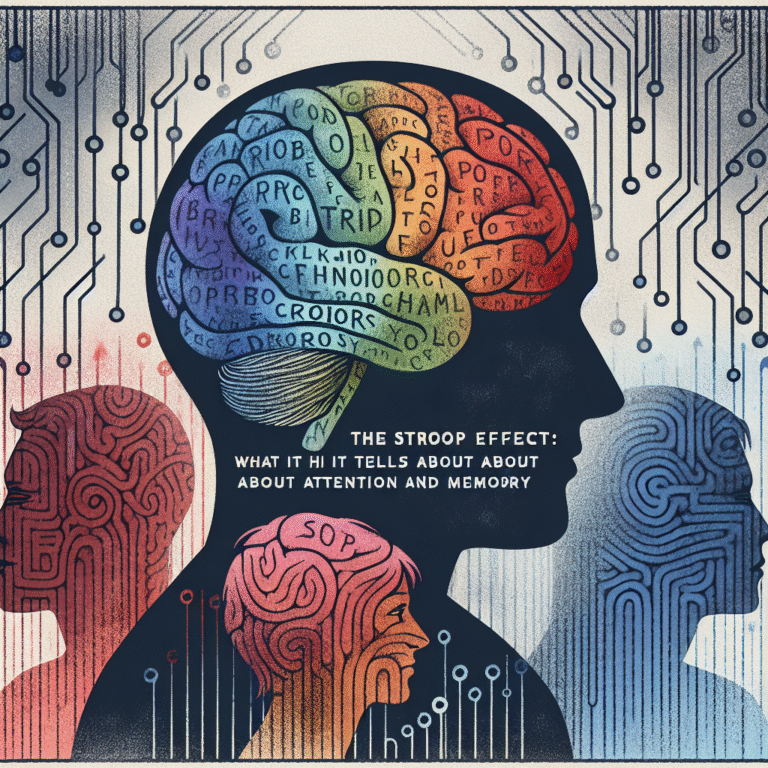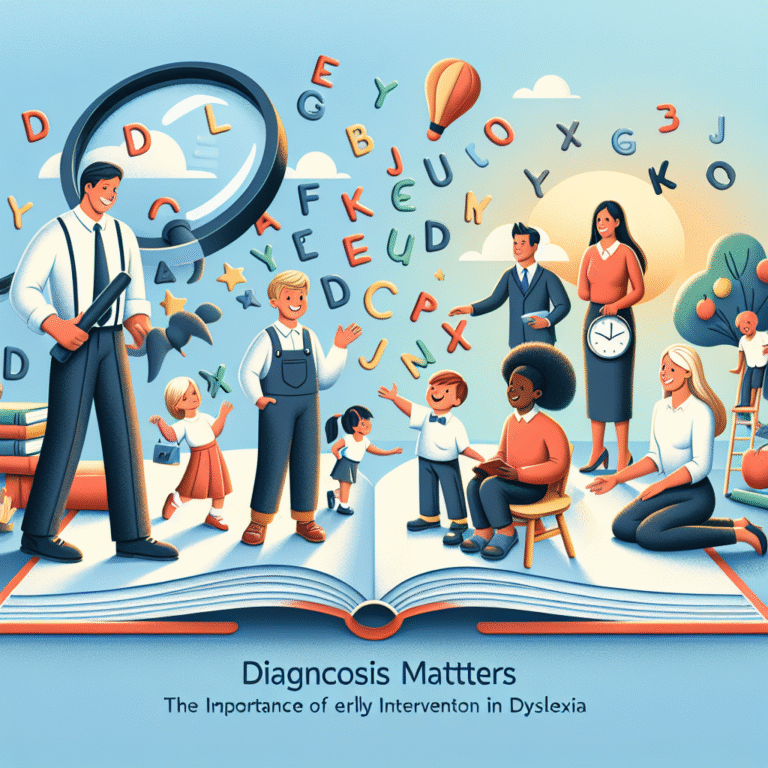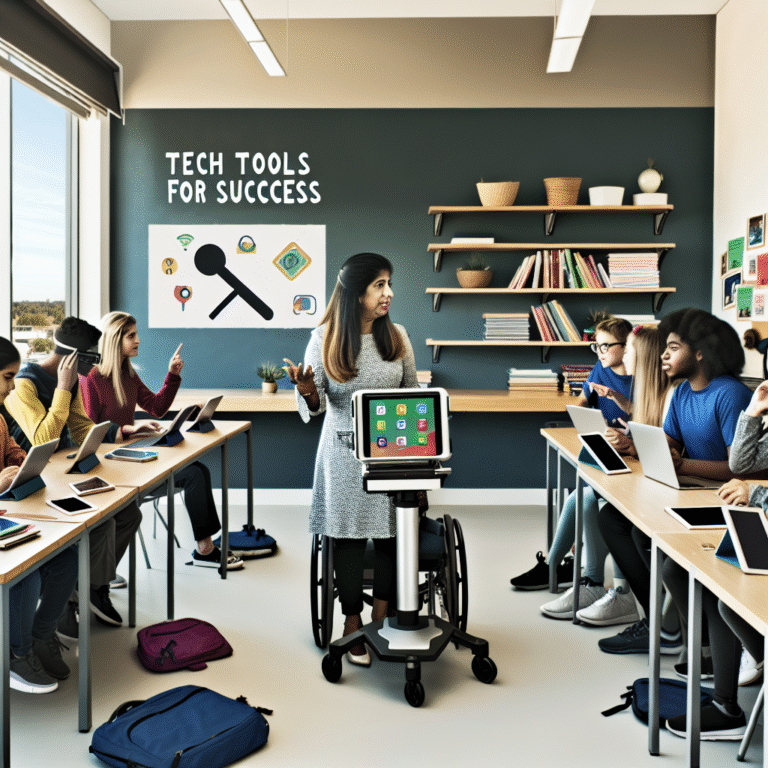
Introduction
In an age where information is abundant yet attention spans are fleeting, the ability to learn effectively has never been more crucial. Strategies for Success: Implementing Explicit Learning Techniques are essential for anyone eager to harness their learning potential. These techniques not only improve retention but also enhance comprehension, making learning both efficient and enjoyable. Whether you are a student aiming for academic excellence, a professional looking to upskill, or simply a lifelong learner passionate about personal growth, understanding how to implement these techniques can lead you to unprecedented heights of success.
By diving into researched strategies, case studies, and real-world applications, this article seeks to illuminate various explicit learning techniques. Together, we will explore how to strategically employ these methods to facilitate meaningful learning experiences that stick.
Understanding Explicit Learning Techniques
Explicit learning refers to guided instruction where information is presented systematically. Unlike implicit learning, which occurs accidentally, explicit learning requires intention and focus. Research has shown that explicit techniques, such as direct instruction and structured practice, can lead to improved outcomes.
Characteristics of Explicit Learning
- Structured Environment: Explicit learning occurs in settings designed for education, such as classrooms or training programs.
- Clear Objectives: Learners are made aware of the goals to help direct their focus toward achieving specific outcomes.
- Direct Feedback: Learners receive immediate and specific feedback, aiding in understanding and retention.
Strategies for Success: The Core Techniques
1. Active Recall
Active recall is a powerful technique that encourages learners to retrieve information from memory actively. This method is not just about reviewing materials but engaging with them.
Case Study: The University of California, Los Angeles (UCLA)
UCLA implemented active recall in their medical programs, leading to significant improvement in student performance. The students who used active recall techniques reported higher retention rates in their knowledge assessments.
How to Implement:
- Use flashcards to test your knowledge.
- Create quizzes for yourself or study groups.
2. Spaced Repetition
Spaced repetition leverages the psychological spacing effect, where information is reviewed at increasing intervals. This technique combats the forgetting curve, optimizing memory retention.
Case Study: Anki’s Success
Anki is a flashcard app that incorporates spaced repetition, helping users achieve remarkable retention rates. Users report that they can recall information much more effectively than through traditional study methods.
How to Implement:
- Utilize apps like Anki or Quizlet.
- Plan your study sessions to review information at intervals.
3. Interleaved Practice
Interleaved practice is the strategy of mixing different topics or subjects during study sessions. This technique encourages different forms of problem-solving and cognitive flexibility.
Case Study: Mathematics Education
A study conducted in secondary schools found that students who utilized interleaved practice scored significantly higher on tests than those who studied in blocks.
How to Implement:
- Combine different types of problems within a single study session.
- Rotating subjects frequently.
4. Elaborative Interrogation
Elaborative interrogation involves asking yourself "why" questions when learning new information. This technique promotes a deeper understanding of the material.
Case Study: Historical Learning
Research showed that students who engaged in elaborative interrogation while studying history were able to construct meaningful narratives, which improved both comprehension and retention.
How to Implement:
- Rather than memorizing facts, ask how they interconnect and their implications.
5. Dual Coding
Dual coding integrates both verbal and visual information, tapping into both memory systems to reinforce learning.
Case Study: Graphic Organizers in Education
Schools that use graphic organizers alongside traditional texts show measurable improvements in student comprehension rates, particularly in complex subjects like biology and history.
How to Implement:
- Create mind maps or diagrams to accompany your notes.
- Use visuals (charts, images) to support verbal content.
Table: Summary of Strategies for Success
| Technique | Description | Implementation Tips |
|---|---|---|
| Active Recall | Retrieval of information from memory | Flashcards, quizzes |
| Spaced Repetition | Reviewing material at increasing intervals | Use apps like Anki, plan your revisions |
| Interleaved Practice | Mixing different subjects/topics | Rotate through subjects, combine different problems |
| Elaborative Interrogation | Asking “why” to deepen understanding | Explore connections, implications |
| Dual Coding | Combining verbal and visual information | Mind maps, diagrams |
Creating a Learning Plan
To effectively adopt Strategies for Success: Implementing Explicit Learning Techniques, you need a personalized learning plan. Here’s a step-by-step guide:
Step 1: Set Clear Objectives
Defining what you want to learn and why helps maintain focus. Are you targeting a specific skill for personal development, or are you preparing for a certification exam?
Step 2: Select Techniques
Choose the techniques that align with your learning objectives. For example, if you are trying to learn a new language, combining active recall with spaced repetition is highly effective.
Step 3: Create a Schedule
Consistency is key. Designate specific times in your week for studying. Make sure to incorporate variety by using different techniques.
Step 4: Assess Progress
Regularly check your understanding. Take practice tests, seek feedback, and adjust your methods based on performance.
Conclusion
Mastering Strategies for Success: Implementing Explicit Learning Techniques is an evolving journey. By utilizing strategies such as active recall, spaced repetition, interleaved practice, elaborative interrogation, and dual coding, you empower yourself to learn more effectively. These approaches not only make learning efficient but also foster deeper understanding and retention, opening doors to endless possibilities in both your academic and professional life.
FAQs about Explicit Learning Techniques
1. What are explicit learning techniques?
Explicit learning techniques are structured instructional strategies where information is presented clearly and systematically, allowing for effective learning and retention.
2. Why is active recall effective?
Active recall strengthens the connection between the information and the brain, enhancing memory retention compared to passive review methods.
3. How can I best use spaced repetition for studying?
Utilize spaced repetition by reviewing material over increasingly long intervals, optimizing retention while reducing study time.
4. Can interleaved practice work for all subjects?
While interleaved practice is particularly effective for certain disciplines like mathematics and sciences, it can be beneficial across various subjects by encouraging problem-solving flexibility.
5. How do I know if a technique works for me?
Measure your comprehension and retention over time. Adjust your methods based on what yields the best results, ensuring it aligns with your learning style.
By proactively implementing these strategies into your learning routine, you propel yourself toward meaningful success and mastery in your pursuits. As you embark on this journey, remember that the key to effective learning lies not just in the methods employed but also in the dedication and passion you bring to the process.

















